
from WordPress https://ift.tt/3cIz8j6
via IFTTT


By Choe Sang-Hun
Published: September 30, 2020 at 06:17AM
from NYT World https://ift.tt/2HLsSvx
via IFTTT

By Roxana Popescu
In and around the capital of Santiago, social unrest and the coronavirus pandemic have created a buyer’s market, with developers competing for clients.
Published: September 30, 2020 at 09:30AM
from NYT Real Estate https://ift.tt/2HB76dI
via IFTTT

By The New York Times Opinion
How Round 1 looked to Times Opinion writers.
Published: September 30, 2020 at 05:01AM
from NYT Opinion https://ift.tt/349bNmN
via IFTTT

By Isaac Fitzgerald
Had my fiancée and I, like so many of the contestants on the series, reached the end of our endurance?
Published: September 30, 2020 at 05:00AM
from NYT Style https://ift.tt/2HMnYyx
via IFTTT


By Will McCarthy
Tuesday: When an infection was detected at a hatchery, officials, already under statewide shelter-in-place orders, moved to institute a lockdown of their own.
Published: September 29, 2020 at 08:41AM
from NYT U.S. https://ift.tt/2Sa7Fxa
via IFTTT

By Austin Ramzy and Elaine Yu
Detained by the Chinese Coast Guard as they tried to flee the city, the activists are now in the hands of the mainland’s opaque criminal justice system.
Published: September 29, 2020 at 06:45AM
from NYT World https://ift.tt/3idrsGH
via IFTTT

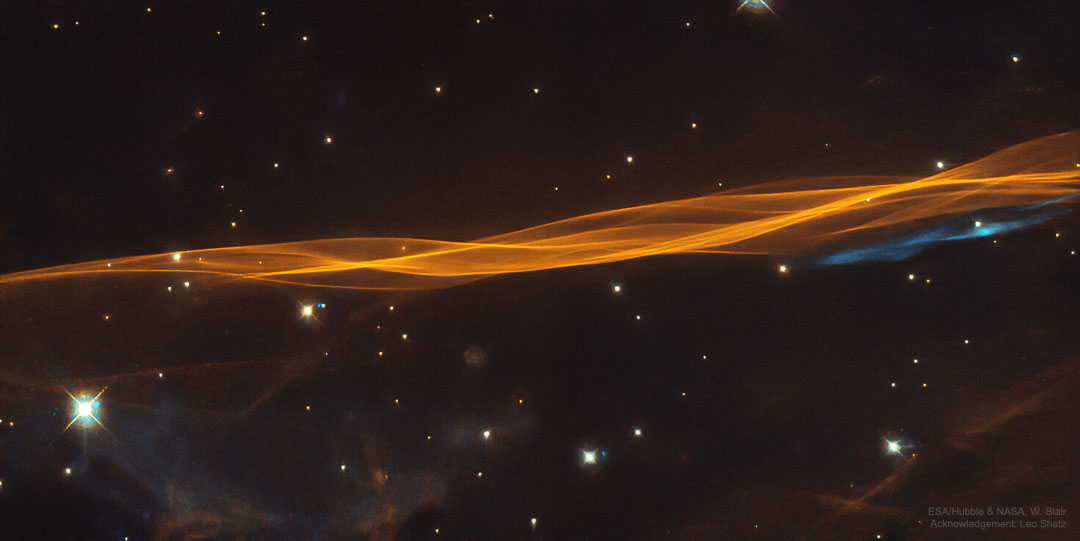

By Christopher Clarey and Karen Crouse
Coco Gauff and Simona Halep won their first-round matches. Victoria Azarenka did, too, but not before a rain delay. “I’m going to get frozen,” she said.
Published: September 27, 2020 at 05:43PM
from NYT Sports https://ift.tt/3n74eFY
via IFTTT

By Russ Buettner, Susanne Craig and Mike McIntire
The Times obtained Donald Trump’s tax information extending over more than two decades, revealing struggling properties, vast write-offs, an audit battle and hundreds of millions in debt coming due.
Published: September 27, 2020 at 05:07PM
from NYT U.S. https://ift.tt/2FVj6Xh
via IFTTT

By Sam Sifton
An heirloom tomato tart, a Sri Lankan dal and a crab and shrimp boil pasta: Set yourself up for success in the kitchen.
Published: September 27, 2020 at 10:30AM
from NYT Food https://ift.tt/3kSHebC
via IFTTT

By Choe Sang-Hun
North Korea has apologized for the death of a South Korean government official, but the two countries differ on the circumstances that led to the shooting.
Published: September 27, 2020 at 08:20AM
from NYT World https://ift.tt/3mYB4IM
via IFTTT
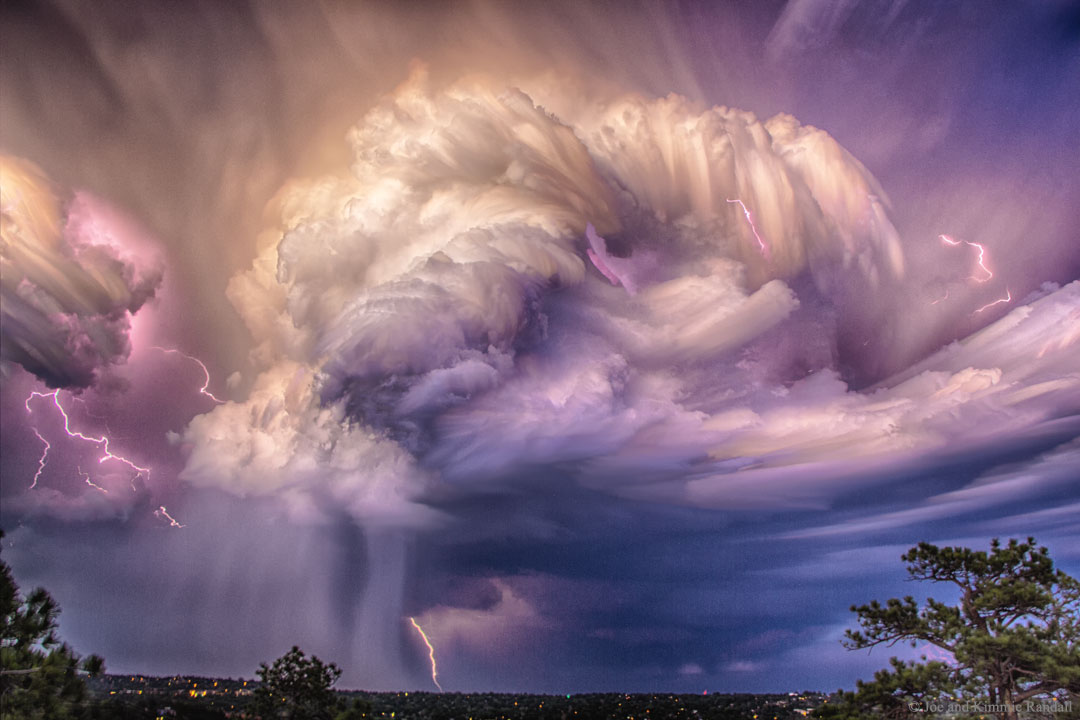

By Catherine Porter
Dan Levy suggested in an Instagram post that his fans study Canadian Indigenous history along with him. About 64,000 people signed up.
Published: September 26, 2020 at 08:39AM
from NYT World https://ift.tt/343tX9o
via IFTTT

By David Streitfeld
“People are basically good” was eBay’s founding principle. But in the deranged summer of 2019, prosecutors say, a campaign to terrorize a blogger crawled out of a dark place in the corporate soul.
Published: September 26, 2020 at 05:00AM
from NYT Technology https://ift.tt/2EAlXnL
via IFTTT


By Melissa Kirsch
At Home readers have recommendations.
Published: September 25, 2020 at 04:30PM
from NYT At Home https://ift.tt/366b3kP
via IFTTT

By Unknown Author
A three-judge appeals panel is expected to rule soon in the legal battle to obtain eight years of the president’s tax returns.
Published: September 25, 2020 at 04:26PM
from NYT New York https://ift.tt/2G3BVax
via IFTTT
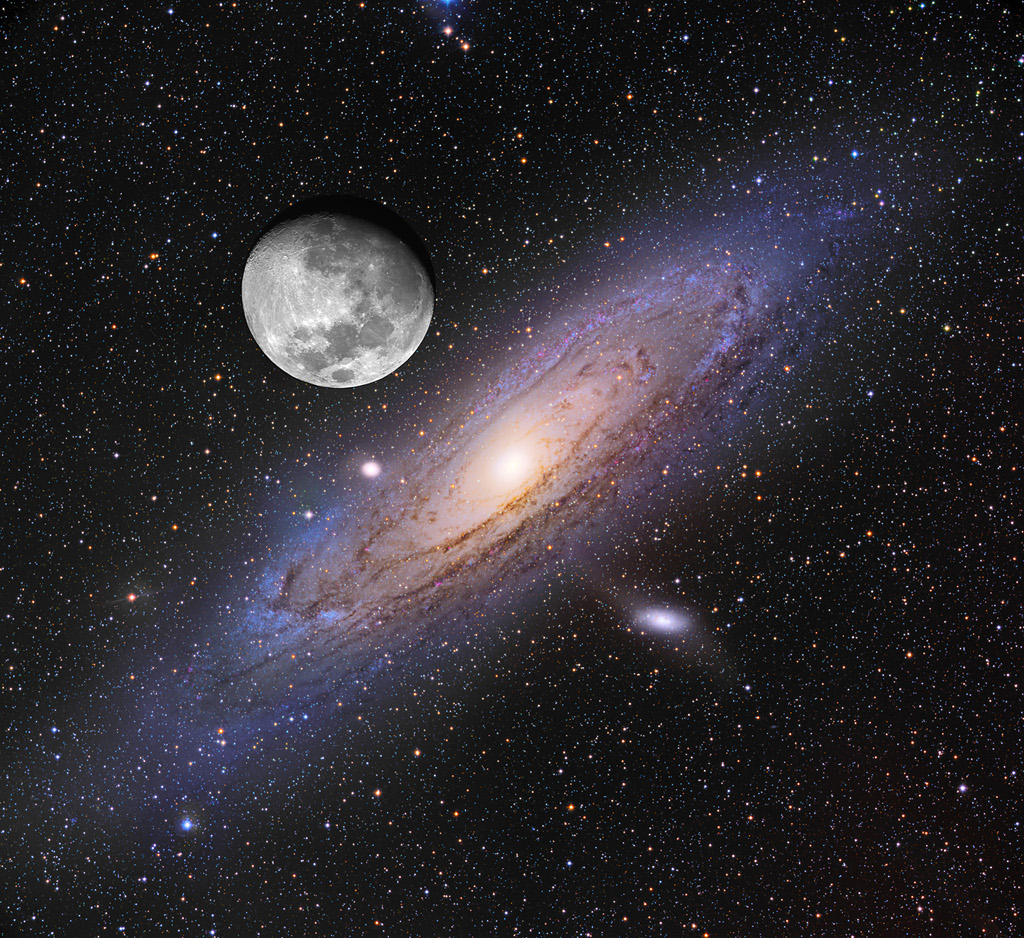

By Melina Delkic
Xinjiang detentions, Europe second wave, North Korea: Here’s what you need to know.
Published: September 24, 2020 at 03:34PM
from NYT Briefing https://ift.tt/2FWd5JK
via IFTTT

By Benjamin Weiser and William K. Rashbaum
Prosecutors have suggested in court papers that an investigation into the president could focus on a range of possible crimes.
Published: September 24, 2020 at 01:58PM
from NYT New York https://ift.tt/2HoCdJn
via IFTTT

By Shira Ovide
Google is facing the possibility of multiple antitrust lawsuits. Here’s why and what’s ahead.
Published: September 24, 2020 at 12:47PM
from NYT Technology https://ift.tt/2G02vkR
via IFTTT

By Ceylan Yeginsu
Among other measures, Americans will no longer be able to import Cuban cigars or stay in hotels owned by the Cuban government.
Published: September 24, 2020 at 10:53AM
from NYT Travel https://ift.tt/3cr0vOq
via IFTTT

By Unknown Author
President Trump said the White House “may or may not” approve new F.D.A. guidelines that would toughen the process for approving a coronavirus vaccine.
Published: September 24, 2020 at 05:23AM
from NYT World https://ift.tt/2RWk3B0
via IFTTT

By Alex Williams
In his new book, “The Secret Life of Groceries,” Benjamin Lorr argues that the kale chips and shade-grown coffee sold at supermarkets define who we are.
Published: September 24, 2020 at 05:00AM
from NYT Style https://ift.tt/3j2djNC
via IFTTT

By Unknown Author
Dr. Anthony S. Fauci and three other top U.S. health officials told lawmakers they would take a vaccine approved by the F.D.A. Johnson & Johnson announced plans to enroll 60,000 people in a major vaccine trial. Israel will tighten its coronavirus …
Published: September 23, 2020 at 05:10AM
from NYT World https://ift.tt/2RNGIze
via IFTTT

By Choe Sang-Hun
The body of the fisheries official was set ablaze in the North’s waters for fear he was carrying the coronavirus, South Korean officials said.
Published: September 24, 2020 at 01:53AM
from NYT World https://ift.tt/303Wmv4
via IFTTT
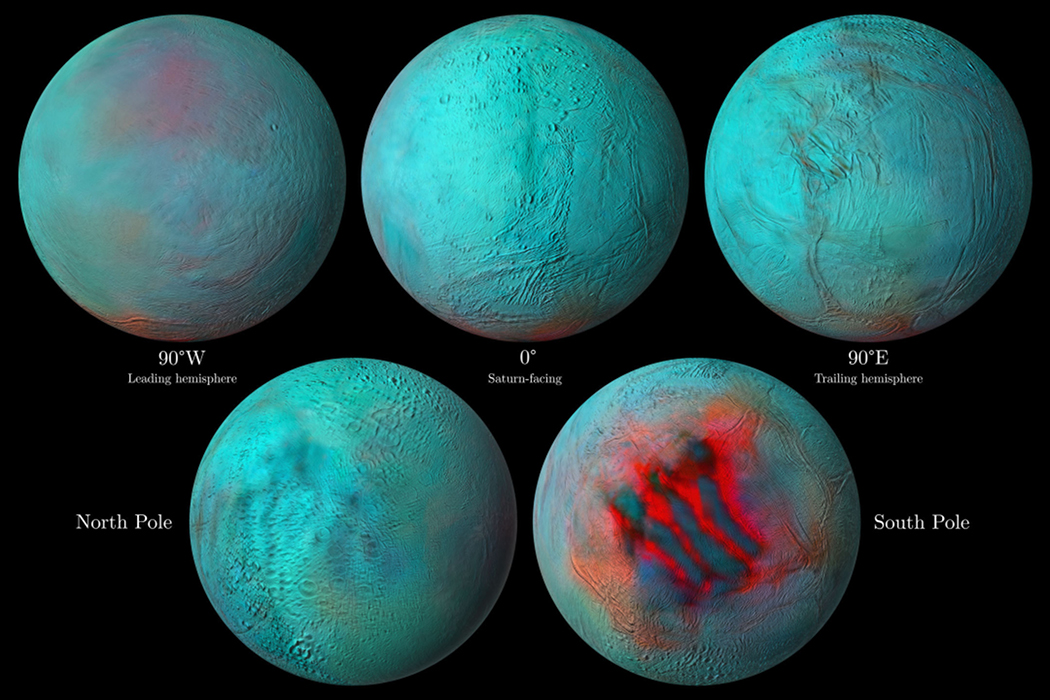

By Derrick Bryson Taylor
The men pleaded guilty to tampering to influence a contest, a third-degree felony, almost two years after the state started investigating where they caught their fish.
Published: September 23, 2020 at 10:43AM
from NYT Sports https://ift.tt/33RSAG6
via IFTTT

By David Leonhardt
And what else you need to know today.
Published: September 23, 2020 at 06:39AM
from NYT Briefing https://ift.tt/3mJrrO8
via IFTTT

By Julie Weed
With the pandemic ongoing and millions of school-age children learning remotely, the travel industry is beckoning families with lures of “schoolcation.”
Published: September 23, 2020 at 05:00AM
from NYT Travel https://ift.tt/32RWjUS
via IFTTT
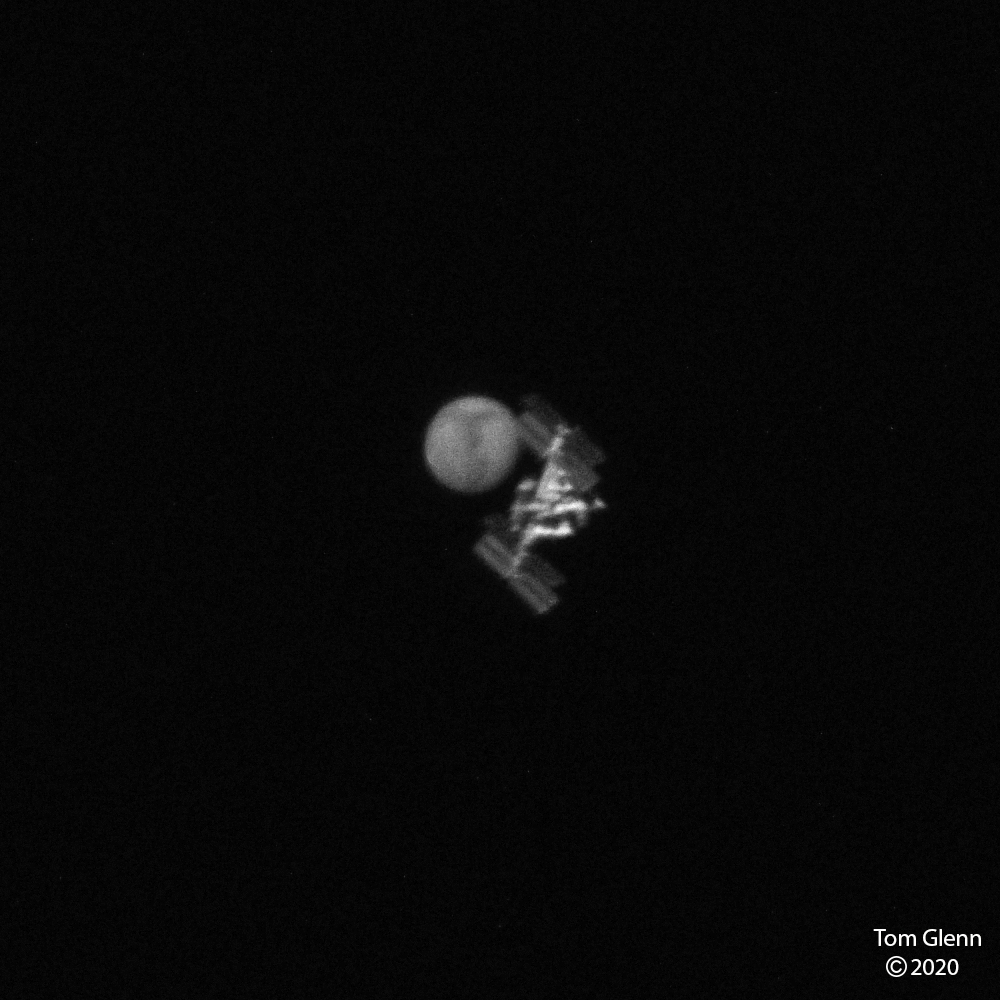
By Adam Skolnick
Maya Gabeira didn’t just ride the biggest wave ever ridden by a woman. It was the biggest wave surfed by anyone in the 2019-20 winter season, a first for women in professional surfing.
Published: September 22, 2020 at 11:19AM
from NYT Sports https://ift.tt/2RNucQr
via IFTTT

By Annie Roth
The Monterey Bay Aquarium has learned how to raise the deepest sea life to the surface and keep it alive for display.
Published: September 22, 2020 at 02:59AM
from NYT Science https://ift.tt/2ZYQy5J
via IFTTT
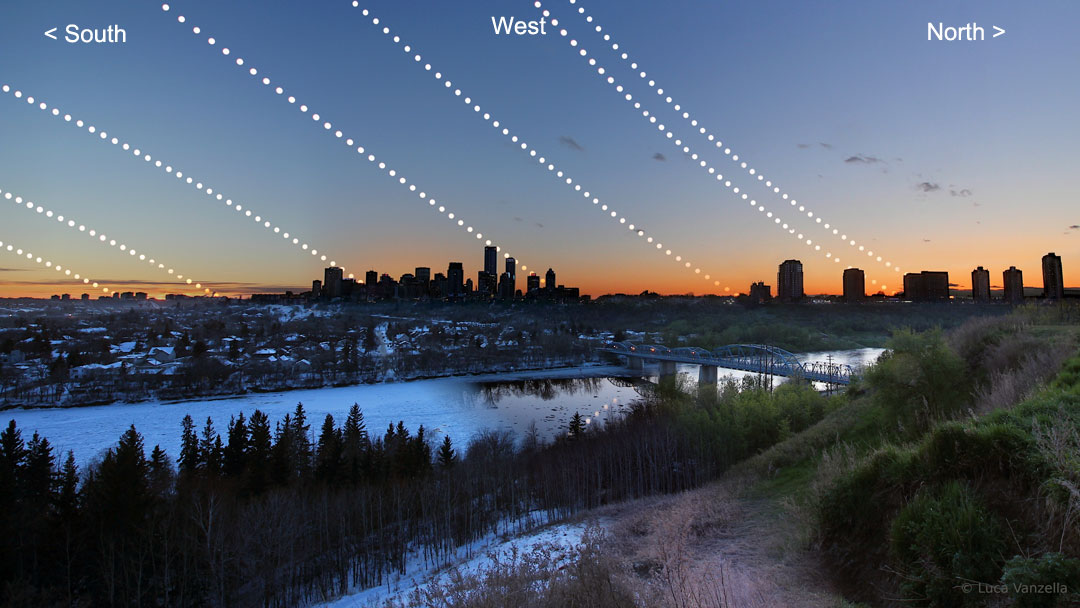

By Henry Fountain
In secretly recorded meetings, executives with the Pebble Mine project said the operation could run nine times longer than outlined in their permit filings.
Published: September 21, 2020 at 05:09PM
from NYT Climate https://ift.tt/2ZVEpPd
via IFTTT

By Benjamin Weiser and William K. Rashbaum
The assertion by the Manhattan district attorney offered rare insight into the office’s investigation of the president and his businesses.
Published: September 21, 2020 at 04:26PM
from NYT New York https://ift.tt/3iMdYCR
via IFTTT

By Livia Albeck-Ripka
The aid workers had taken the device to the home they were sharing in the Solomon Islands, a country littered with unexploded ordnance.
Published: September 21, 2020 at 09:36AM
from NYT World https://ift.tt/3kE19LA
via IFTTT

By Janie Osborne
“One thing about Montana,” says Matt Barber, an owner of Tom Morgan Rodsmiths, a custom fly rod shop in Bozeman, “is if there’s a moving body of water, there is probably a trout in it.”
Published: September 21, 2020 at 05:00AM
from NYT Travel https://ift.tt/2ZXeuXd
via IFTTT


By Behrouz Boochani
The government’s abuse of refugees in offshore facilities on Nauru and Papua New Guinea has its roots in the country’s racist, colonial history.
Published: September 20, 2020 at 11:03AM
from NYT Opinion https://ift.tt/35OOv8h
via IFTTT


By Derrick Bryson Taylor
The U.S.S. Grenadier was scuttled in April 1943 after being attacked by Japanese bombers. Surviving crew members were tortured at a prison camp for more than two years, according to accounts.
Published: September 19, 2020 at 05:45AM
from NYT U.S. https://ift.tt/3iNu4Mt
via IFTTT


By Unknown Author
Transitioning to renewable energy will not only lead to a cleaner planet — it’ll also be vital for economic growth.
Published: September 18, 2020 at 10:14AM
from NYT T Brand https://ift.tt/35MLOny
via IFTTT
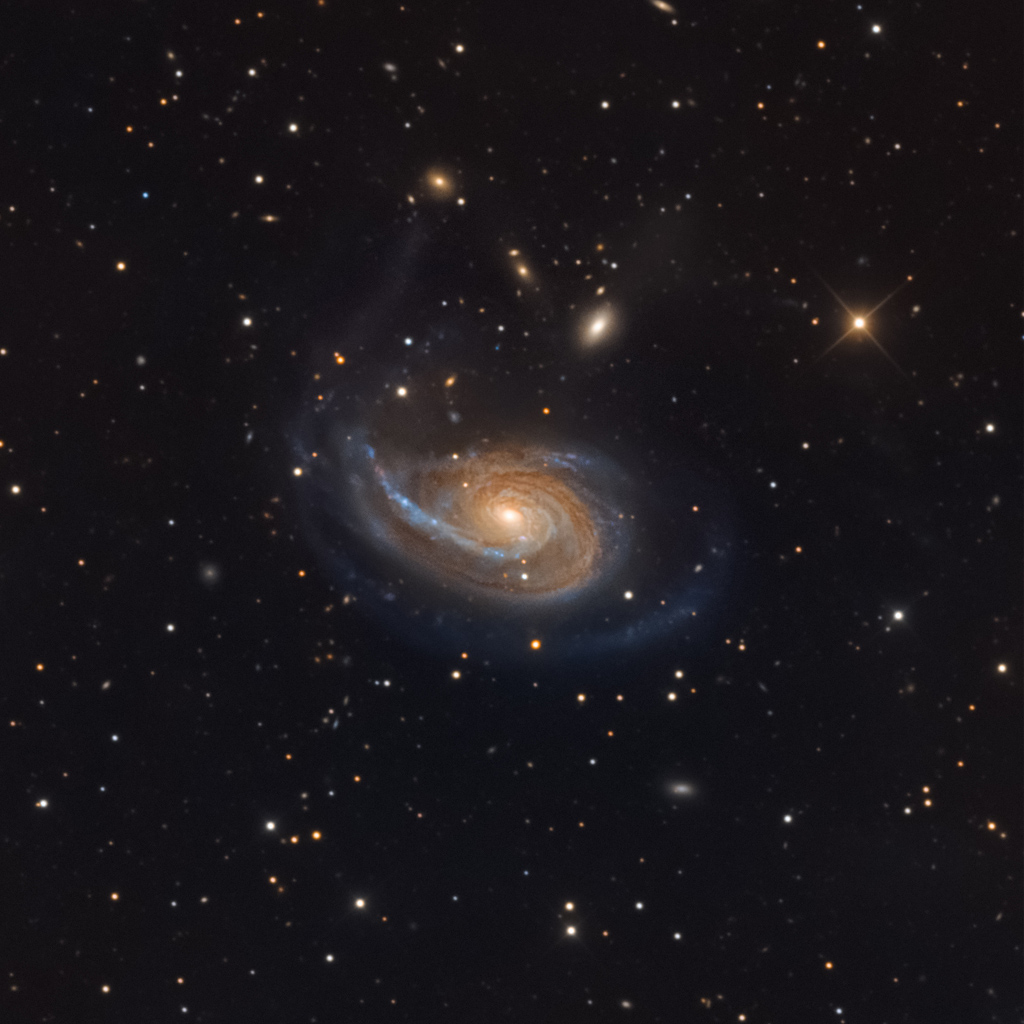

By Anemona Hartocollis
The Trump administration opened a civil rights investigation into the university after its president acknowledged the role of systemic racism at the school and in society.
Published: September 17, 2020 at 08:24PM
from NYT U.S. https://ift.tt/3hDdm17
via IFTTT
